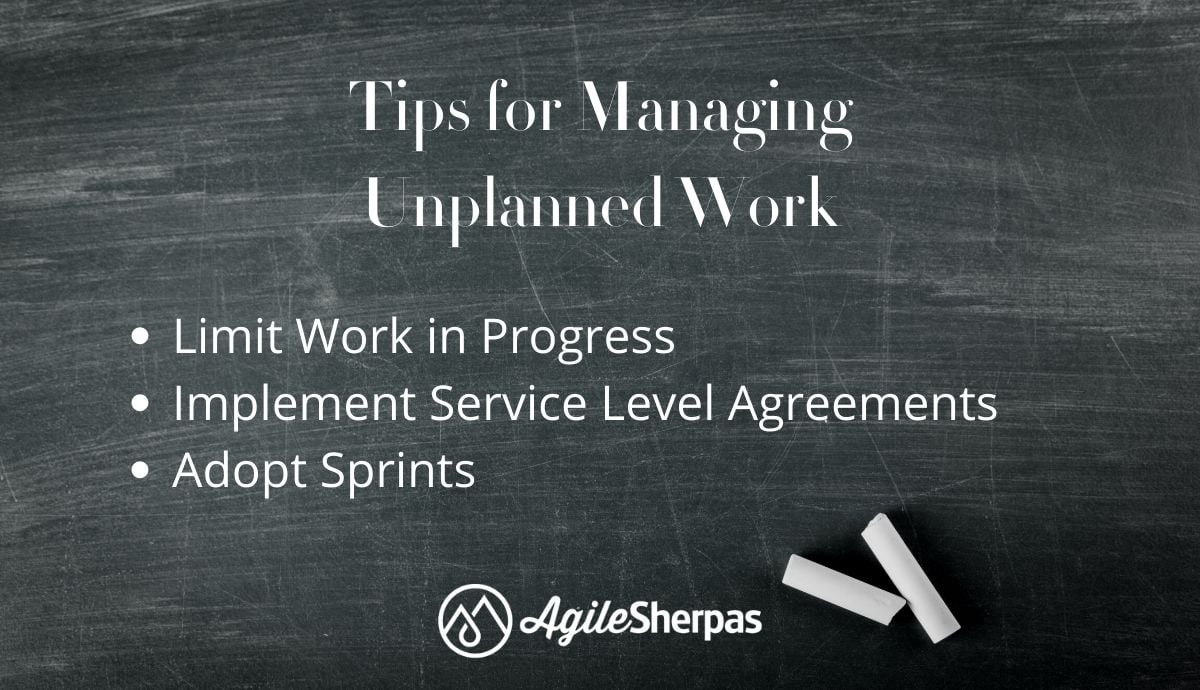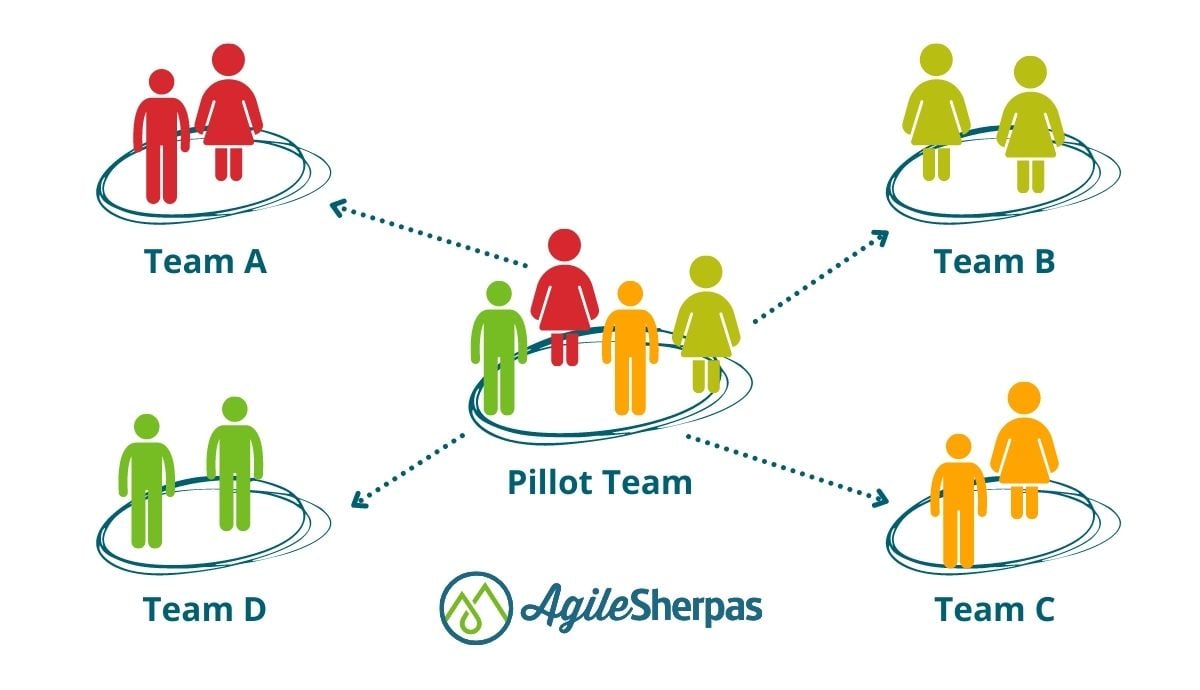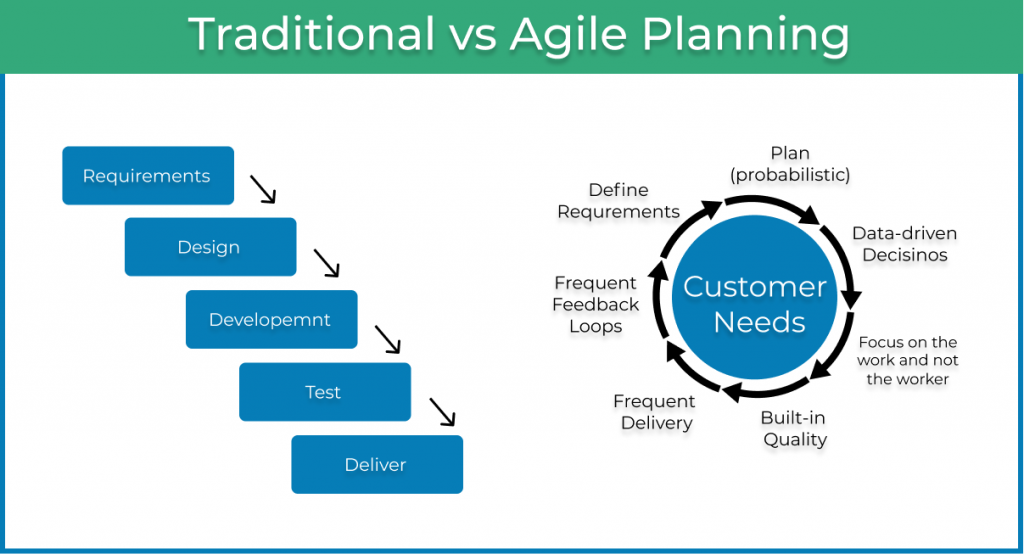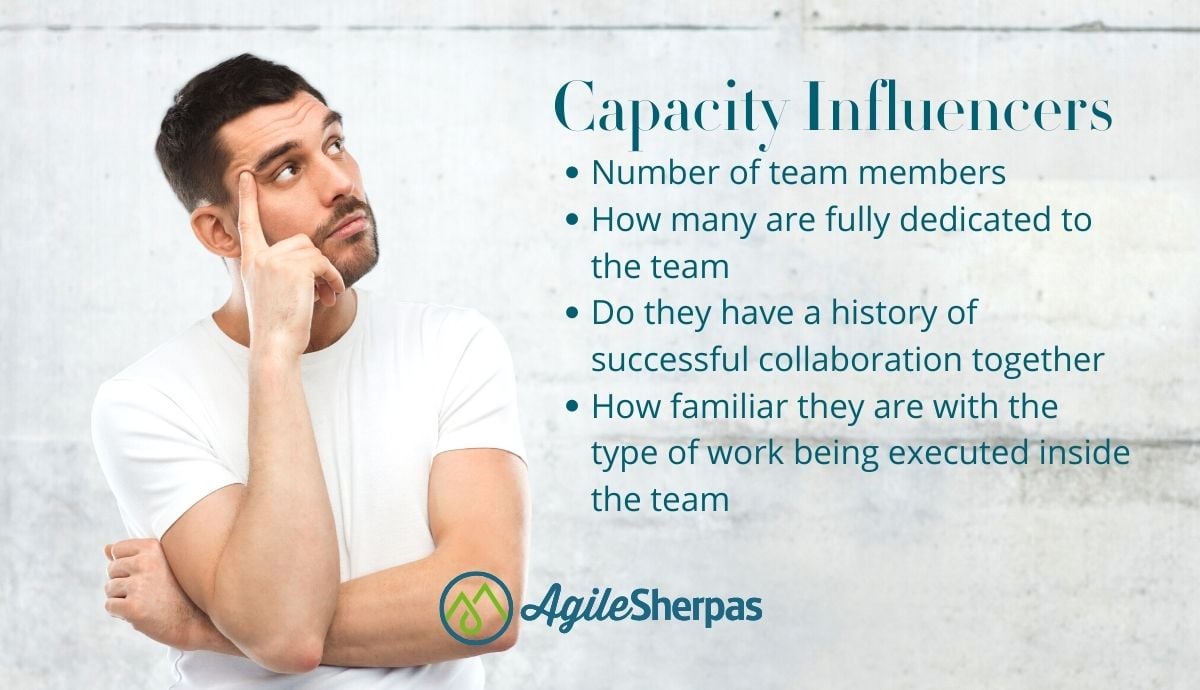-
- marketing agility
- Teams
- Organizations
- Education
- enterprise
- Articles
- Individuals
- Transformation
- Solution
- Leadership
- Getting Started
- business agility
- agile management
- going agile
- Frameworks
- agile mindset
- Agile Marketing Tools
- agile marketing journey
- Agile Marketers
- organizational alignment
- People
- Selection
- (Featured Posts)
- agile journey
- Metrics and Data
- Kanban
- strategy
- Resources
- Why Agile Marketing
- agile project management
- self-managing team
- Meetings
- agile adoption
- scaled agile marketing
- tactics
- Scrum
- scaled agile
- agile marketing training
- agile takeaways
- Agile Meetings
- agile coach
- Agile Leadership
- Scrumban
- enterprise marketing agility
- state of agile marketing
- team empowerment
- agile marketing mindset
- agile marketing planning
- agile plan
- AI
- Individual
- Intermediate
- Team
- Videos
- kanban board
- Agile Marketing Terms
- agile marketing
- agile transformation
- traditional marketing
- FAQ
- agile teams
- Agile Marketing Glossary
- CoE
- agile
- agile marketer
- agile marketing case study
- agile marketing coaching
- agile marketing leaders
- agile marketing methodologies
- agile marketing metrics
- agile pilot
- agile sales
- agile team
- agile work breakdown
- cycle time
- employee satisfaction
- marketing value stream
- marketing-analytics
- remote teams
- sprints
- throughput
- work breakdown structure
- News
- Scrumban
- agile brand
- agile marketing books
- agile marketing pilot
- agile marketing transformation
- agile review process
- agile team charter
- cost of delay
- hybrid framework
- pdca
- remote working
- scrum master
- stable agile teams
- startups
- team charter
- team morale
- user story
- value stream mapping
- visual workflow

Based on the results of the 4th Annual State of Agile Marketing Report, we feel confident in concluding that Agile marketing has moved beyond buzzword status to become the best-in-class way of managing marketing work.
For the first time ever, more than half of the hundreds of marketers surveyed -- 51% -- cited Agile as their preferred way of working. We've seen a steady growth of adoption since the first edition of the report, but this year enjoyed a jump of ten percentage points since our 2019 survey.
These findings show the growing importance of marketing agility as a way of handling the fast pace of digital marketing work and a way to respond to changing circumstances.
Yet, Agile adoption is not without its challenges.
This year, in our quest to gather data about the hurdles that Agile marketers are facing, we asked hundreds of marketers about the challenges they've come up against as a result of using Agile inside their organizations.
We don't want to sugar coat the process of adopting Agile, so we're calling out the biggest flies in our Agile ointment. Here you'll find the top five challenges Agile marketers need to overcome, and how to make it happen with your team.
Managing Unplanned Work
Dealing with unplanned work is an inevitable part of any marketer’s job.
Due to marketing’s role as a linchpin business function, we're prone to ad hoc work requests from internal and external stakeholders all the time. As a consequence, we risk being derailed on the path to our strategic goals. Most of us have trouble focusing only on high-priority work.
As a result, it's not surprising that 44% of all Agile marketers queried in the 4th edition of the State of Agile Marketing Report cited “difficulties managing unplanned work” as their top process challenge as a result of using Agile.
The reality is that unplanned work isn’t going away. To tackle it effectively, marketers need to create hybrid frameworks designed to deal with this unavoidable challenge.

By adapting practices from the Kanban framework, like limiting working in progress, or implementing the sprint timebox from Scrum, marketers can find ways to gain back control over (at least) some of their productive time.
For instance, reducing context switching and creating focus around finishing started work before starting something new (big deals in the Kanban world) will allow marketing teams to deliver value more frequently without getting distracted.
Other Agile practices, such as establishing service level agreements with our stakeholders, are proven ways to create boundaries and protect our team from distractions interruptions. These agreements frame the relationship between our team and internal stakeholders who rely on us to better define each group’s expectations about taking on new, unplanned tasks.
For more on how to tackle the #1 challenge marketers experience as a result of using Agile, check out this guide to managing unplanned work.
People Reverting to Old (Non-Agile) Approaches
When we change our ways of working internally, there are some practices that we need to leave behind to fully implement our new frameworks.
In some cases, the practices we abandon are long-standing and entrenched in our organization’s modus operandi. Open-minded marketers welcome the change, while more traditional marketers might struggle to adapt to new norms. Rather than permanently change, they may revert to old approaches.
Based on this year’s data, 36% of Agile marketers cited this kind of backsliding as an emerging challenge for their Agile adoptions.
There’s no denying that breaking old habits is hard. It requires patience, shared understanding, and consistent endorsement.
Building shared understanding about Agile inside the organization works best through a multi-faceted approach. Through a combination of training, open socialization, office hours and team coaching, leaders can create a strong foundation for Agile to flourish inside their organizations.
While we still might see team members bounding back to familiar ways, the chances of reverting completely are diminished by the fact that every facet of the organization is aligned in their pursuit of Agile goals.
Guiding our teams through the transition period from traditional or ad hoc ways of working to Agile is also essential. In these cases, training leaders inside the organization as Agile champions can be a sustainable way to rely on a network of ambassadors that are able to support more marketers moving to Agile ways of working.

If your organization started with an Agile pilot before a full department-wide implementation of Agile, redistribute the members of the pilot team across the department once the pilot end.
This way, they'll be able to share their expertise and thwart any uncertainties by speaking from experience. They can address non-Agile behaviors before they become dangerous.
If you end up needing more Agile champions on deck, you can always call in Sherpas to coach your teams through the early stages of your implementation ;)
Interacting with Non-Agile Teams
While our marketing team or department might be moving to Agile, chances are other parts of the organization that we interact with aren’t.
According to our findings, 31% of marketers cite challenges when Agile teams interact with non-Agile ones. Adjacent teams or departments subscribing to competing frameworks can lead to breakdowns in communication, friction between team members, and a general disconnect between the two or more units.
In some cases, the incompatibility of two working groups using different ways of working can tank entire campaigns.
While we may not be able to make everyone Agile immediately, there are ways to mitigate the negative consequences of working with a non-Agile group.

By doubling down on communication and placing an emphasis on transparency, we can loop non-Agile groups into our work process and encourage them to participate. More specifically, we can:
- Invite non-Agile stakeholders to our Agile meetings like standups and reviews
- Share our visual workflows with them so they can follow along
- Use our Kanban board as a negotiation tool to give non-Agile stakeholders a better idea of projects that are coming down the pipeline for the team
Plans Changing Too Often
One of the most common myths about Agile marketing is that it eliminates the need to plan.
In reality, Agile teams actually plan more iteratively and more often than traditional marketing teams. Marketers who are more comfortable with executing based on a clearly defined annual marketing plan are in for quite a shock.
But there's a fine line to walk here. Rigid up-front planning is anti-Agile, but constant change also prevents us from focusing on a goal long enough to achieve it.
Statistically, 28% of survey respondents stated that they struggle with plans that change too often as a result of their Agile adoption.
 Image by Kanbanize
Image by Kanbanize
Leaders can make a case for iterative, short-term planning by highlighting the benefits of keeping up with changing customer demand. Encouraging the generation of hypotheses and MVPs, as well as tracking the results of these efforts, can help even the most traditional marketers move away from old school waterfall planning approaches.
Throughout the iterative planning process, teams as well as leaders need to keep each other accountable for making changes to the original plan only when there is value to the business. A marketing leader listening to a great podcast and flipping their team’s entire backlog on its head is rarely (ok, probably never) the best approach.
Avoiding change for change’s sake and taking direction from customer feedback will help teams seize new opportunities as they come up without introducing a brand new direction for the team every single day.
Learn more about planning with agility in mind by checking our guide on the topic.
Difficulties in Estimating Team Capacity and Velocity
Accurately estimating team capacity and velocity is hard for almost all teams, because there are so many different factors involved. It’s probably even harder for marketers because of the many different types of work we juggle. We can also be bogged down by our historical tendency to calculate impact metrics, not process metrics.
So, it’s no surprise that 27% of marketers queried are having trouble with quantifying and managing these powerful data points for our teams.
Estimating team capacity and velocity helps marketers understand how much work they can take on as a team and how fast they can deliver it, respectively.
Without a good understanding of how much our team can handle and when we can reasonably deliver it without going insane, we risk disappointing our stakeholders, delivering low-quality results and, of course, going insane.
Capacity can sometimes be difficult to pin down, especially if your team members haven't worked together before.

Estimate your team’s bandwidth by taking the above into account, taking input from the team into consideration, and monitoring how the average throughput of the group over time.
If you want to get into the nitty-gritty of capacity planning by available worker hours, check out these Scrum formulas for a more time-based approach.
If we’re working in recurring sprints, average velocity can be easier to capture than team capacity.
By estimating the tasks in our sprint backlog using story points during planning, we can calculate the number of story points that our team is able to complete per sprint on average. The more sprints we run through in the current configuration of our team, the more we’ll be able to rely on our calculation of average velocity.
As the 4th edition of the State of Agile Marketing Report shows, getting into the habit of estimating our marketing team’s capacity and velocity can be a challenge, but the benefits are well worth the effort of overcoming it.
Facing the Challenges Head-on
Transforming a marketing department into an Agile powerhouse is a serious challenge for any organization. Even when you start making huge strides in your adoption, there are still hurdles that can trip you up along the way.
The likelihood of the challenges in this article going away entirely is slim to none.
That's why it’s up to marketing teams to keep them in mind as they develop their Agile implementation.
Customizing marketing’s approach to Agile by taking unplanned work, non-Agile teams, and changing plans into account will help us mitigate the negative consequences of the common challenges.
In many cases, leveraging our Agile champions, doubling down on communication, and looping more of our stakeholders into the Agile process will make all the difference between the teams that jump the hurdles and those that allow the hurdles to slow them down.
Topics discussed
Improve your Marketing Ops every week
Subscribe to our blog to get insights sent directly to your inbox.



